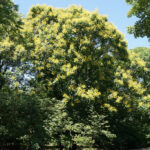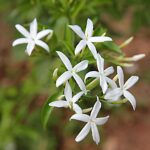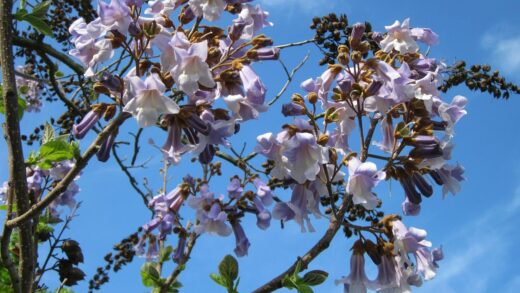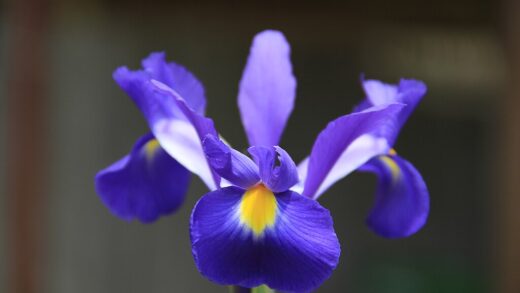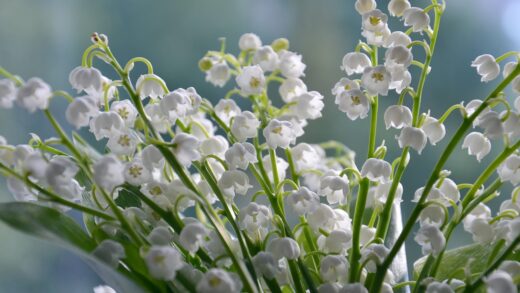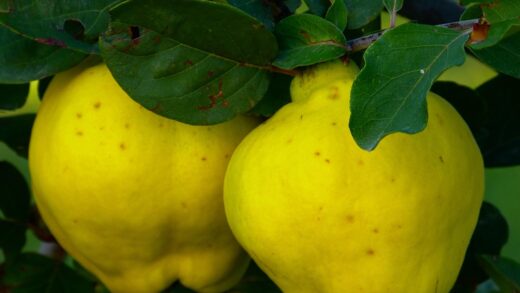The successful introduction of Anemone hepatica into a garden setting begins with meticulous planting, a process that respects the plant’s delicate nature and specific habitat requirements. These jewels of the woodland floor are not plants to be hastily placed; they require thoughtful site selection and careful handling to ensure they transition smoothly and establish themselves for long-term health. The ideal time for planting is either in early spring, as they are coming into growth, or in early autumn, which allows the roots to establish before the ground freezes. Planting during these cooler, often moister periods reduces transplant shock and gives the plant the best possible start in its new home. Proper preparation of the soil, ensuring it is rich in humus and well-drained, is a non-negotiable prerequisite for success.
When handling the plants, gentleness is key. Anemone hepatica are typically acquired as potted specimens or bare-root plants. For potted plants, the root ball should be carefully eased out of the container, taking care not to tear the fine roots. If the roots are tightly coiled, they can be gently teased apart to encourage outward growth into the new soil. For bare-root plants, which are often shipped in a dormant state, it is crucial to keep the roots moist from the moment they are received until they are in the ground. Soaking them in water for a short period before planting can help rehydrate them.
The planting hole should be dug wider than it is deep, allowing the roots to spread out horizontally. It should be deep enough so that the crown of the plant—the point where the stems meet the roots—sits exactly at or just slightly above the soil level. Planting too deeply is a common and often fatal mistake, as it can cause the crown to rot, especially in damp conditions. After placing the plant in the hole and spreading the roots, the hole should be backfilled with the prepared amended soil, gently firming it around the roots to eliminate air pockets.
After planting, a thorough and immediate watering is essential. This helps to settle the soil around the roots and provides the moisture needed for the plant to begin its establishment phase. A layer of organic mulch, such as shredded leaves or fine bark, should then be applied around the base of the plant. This mulch will help conserve moisture, regulate soil temperature, and suppress weeds, creating a stable and nurturing environment for the newly planted liverwort.
Propagation by division
Division is the most common and reliable method for propagating established clumps of Anemone hepatica. This technique not only increases the number of plants but can also be used to rejuvenate a very old, congested clump, though this is rarely necessary. The ideal time to divide liverworts is immediately after they have finished flowering in the spring. At this point, the plant is in a state of active vegetative growth and will recover more quickly from the disturbance. Dividing in autumn is also possible, but spring division gives the new plants a full growing season to establish their root systems.
More articles on this topic
To divide the plant, the entire clump should be carefully lifted from the ground using a garden fork, taking care to get as much of the root ball as possible to minimize damage. Once lifted, the soil can be gently shaken or washed off the roots to make the individual crowns and root systems more visible. This allows for a more precise and careful separation of the clump. It is important to see where the natural divisions occur between the growth points.
The clump can then be separated into smaller sections. Often, this can be done by hand, gently pulling the sections apart. Each division must have at least one healthy bud or growing point and a good portion of the attached root system. For tougher, more established clumps, a sharp, sterilized knife or a pair of secateurs may be required to make clean cuts. The goal is to create viable new plants with minimal damage to the parent clump and the new divisions.
Once the divisions are separated, they should be replanted immediately into a prepared location or potted up. They should not be allowed to dry out. Treat the new divisions as you would a new plant, planting them at the correct depth, watering them in thoroughly, and applying a layer of mulch. The newly divided plants will require consistent moisture and some time to re-establish, and they may not flower prolifically in the first year after division.
Propagation from seed
Propagating Anemone hepatica from seed is a rewarding but significantly more challenging and time-consuming process. It is the primary way that new genetic variations and hybrids are created, but it requires a great deal of patience. The seeds of Anemone hepatica have a short viability and require a period of warm, moist stratification followed by a cold, moist period to break dormancy. This mimics the natural conditions the seed would experience, falling to the forest floor in late spring and then going through summer and winter before germinating.
More articles on this topic
The seeds should be sown as soon as they are ripe, which is typically in late spring or early summer when the seed pods begin to turn from green to brown and start to split. They should be sown in a well-draining, sterile seed-starting mix. The seeds can be sown in pots or seed trays, lightly covered with a thin layer of the mix or fine horticultural grit. The containers should then be kept in a warm, shaded location and kept consistently moist throughout the summer.
Following the warm stratification period, the seeds require a cold period. The pots can be left outdoors in a protected location, such as a cold frame, to experience the natural winter temperatures. This cold, moist period is essential to trigger germination. It is crucial that the sowing medium does not dry out during this entire process. Germination will typically occur the following spring as the temperatures begin to warm up.
Once the seedlings have germinated and developed their first true leaves, they are still incredibly small and delicate. They should be handled with extreme care and grown on in their containers for at least one or two full seasons before they are large enough to be pricked out and potted on individually or planted into the garden. It can take anywhere from three to five years, or even longer, for a plant grown from seed to reach flowering size, making this a true labor of love for the dedicated enthusiast.
Siting and spacing considerations
The long-term success of planting Anemone hepatica is heavily influenced by its location in the garden. These plants are true woodlanders, thriving in the cool, moist, and shaded conditions found beneath deciduous trees and shrubs. The ideal site offers dappled sunlight in the spring before the tree canopy leafs out, followed by shadier conditions during the summer months. Avoid locations with deep, dense shade all year round, as this can reduce flowering. Similarly, sites exposed to hot, direct afternoon sun should be avoided as this will scorch the foliage.
The soil in the chosen location must be rich in organic matter and have excellent drainage. Liverworts will not tolerate waterlogged conditions, especially during their winter dormancy. They are often found in nature on gentle slopes or in raised areas of the forest floor where water naturally drains away. Replicating this in the garden by planting on a slight slope or in a raised bed can be highly beneficial, particularly if the native garden soil is heavy clay.
When planting multiple Anemone hepatica, proper spacing is important to allow each plant room to mature into a healthy clump. A spacing of approximately 15 to 25 centimeters between plants is generally recommended. This allows for good air circulation, which can help prevent fungal diseases, and gives each plant sufficient access to soil nutrients and moisture. Over time, the individual plants will fill in the space, creating a beautiful carpet of foliage and flowers in the early spring.
Consider the plant’s companions carefully. Anemone hepatica grows beautifully alongside other shade-loving, spring-blooming plants that share similar cultural requirements. Good companions include ferns, small hostas, trilliums, cyclamen, and primulas. Planting them together creates a dynamic and harmonious woodland scene. Avoid planting them next to large, aggressive perennials that could quickly outcompete the slow-growing liverwort for resources.
Post-planting care and establishment
The period immediately following planting is critical for the establishment of Anemone hepatica. The primary focus during this time should be on maintaining consistent soil moisture. The soil should be kept evenly moist, like a wrung-out sponge, but never saturated. This is particularly important during the first growing season as the plant develops its new root system. Check the soil moisture regularly, especially during dry spells, and water deeply when necessary.
Minimizing competition is also crucial for newly planted liverworts. Keep the area around the plants free of weeds, which can compete for water, nutrients, and light. Hand-weeding is the preferred method, as using hoes or other cultivation tools can easily damage the shallow roots of the Anemone hepatica. The layer of organic mulch applied at planting time will greatly assist in suppressing weed growth and reducing the need for frequent weeding.
Fertilization is generally not necessary in the first year if the plant has been planted in well-prepared, humus-rich soil. The organic matter incorporated into the soil will provide a slow and steady supply of the nutrients the plant needs to establish itself. Applying strong fertilizers can actually be detrimental, potentially burning the delicate new roots. A light top-dressing of compost or leaf mold in the autumn is all that is required.
Monitor the plant for signs of transplant shock, such as wilting or yellowing leaves. Some minor stress is normal, but persistent symptoms may indicate a problem with watering or siting. Providing temporary shade from intense sun can help a struggling plant recover. Above all, patience is required. Anemone hepatica is slow-growing and may not show significant top growth in its first year, as it is focusing its energy on developing a strong root system below ground.







